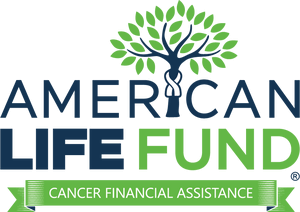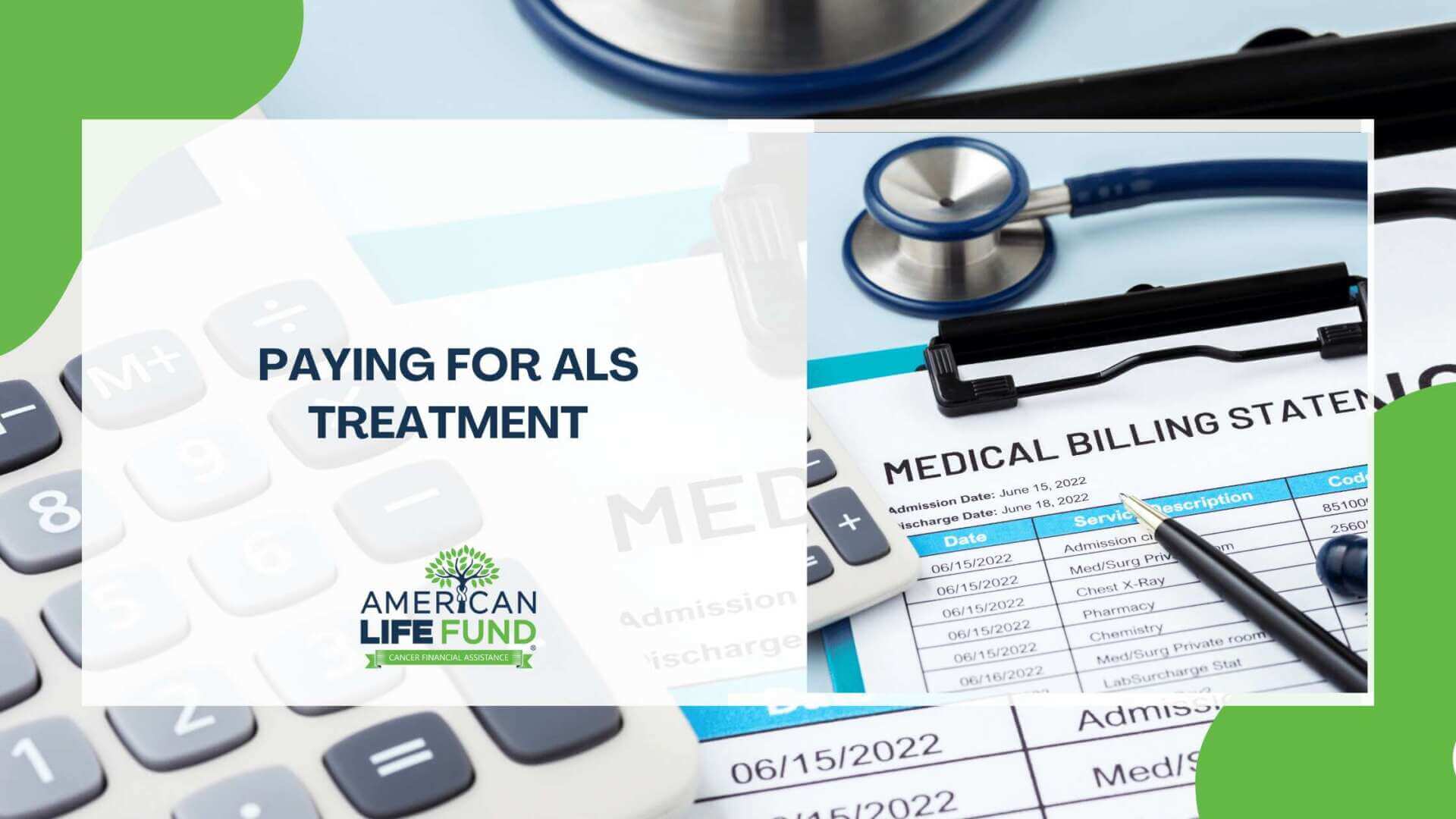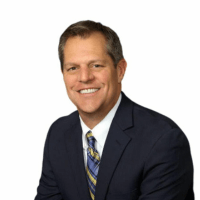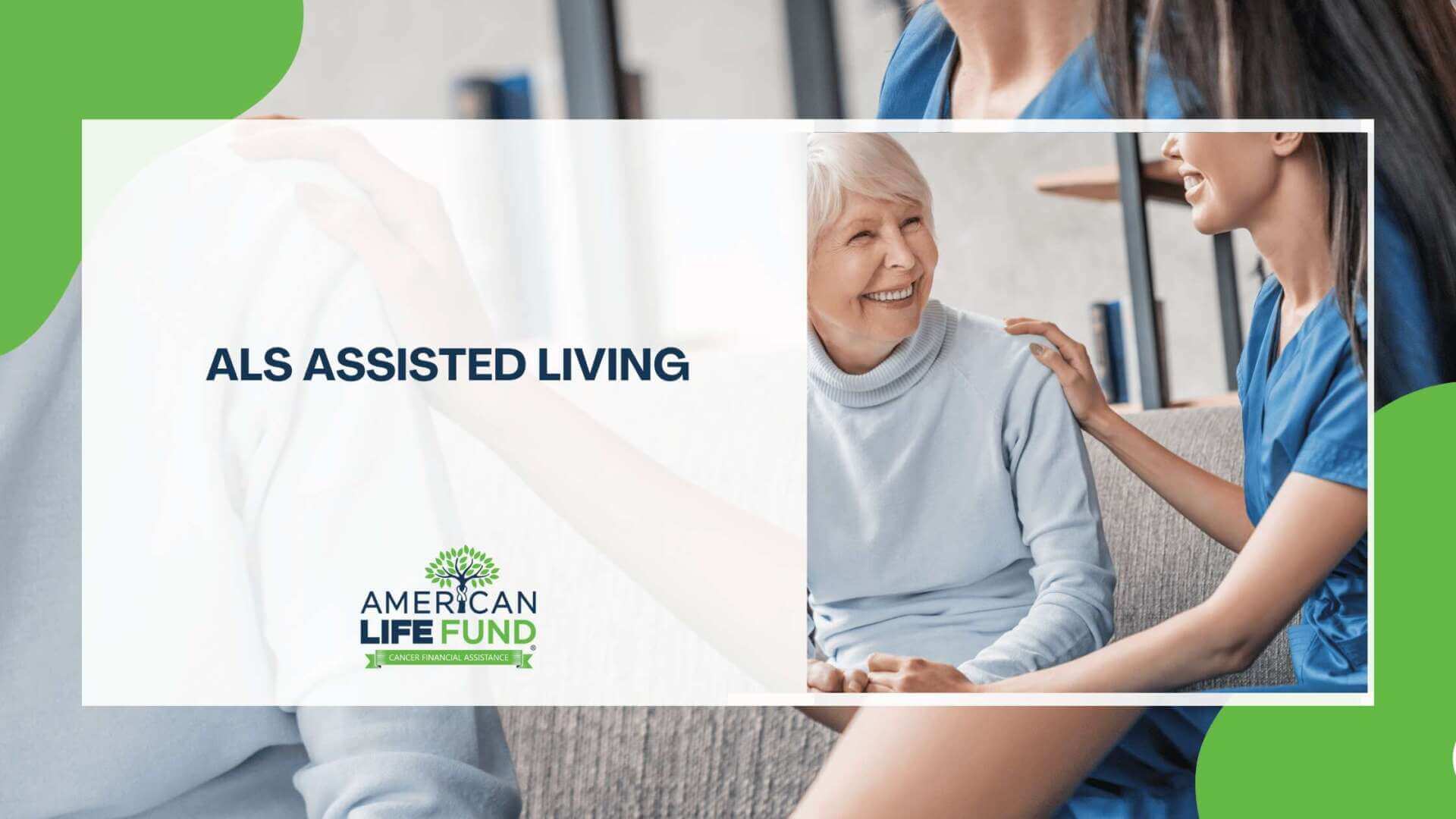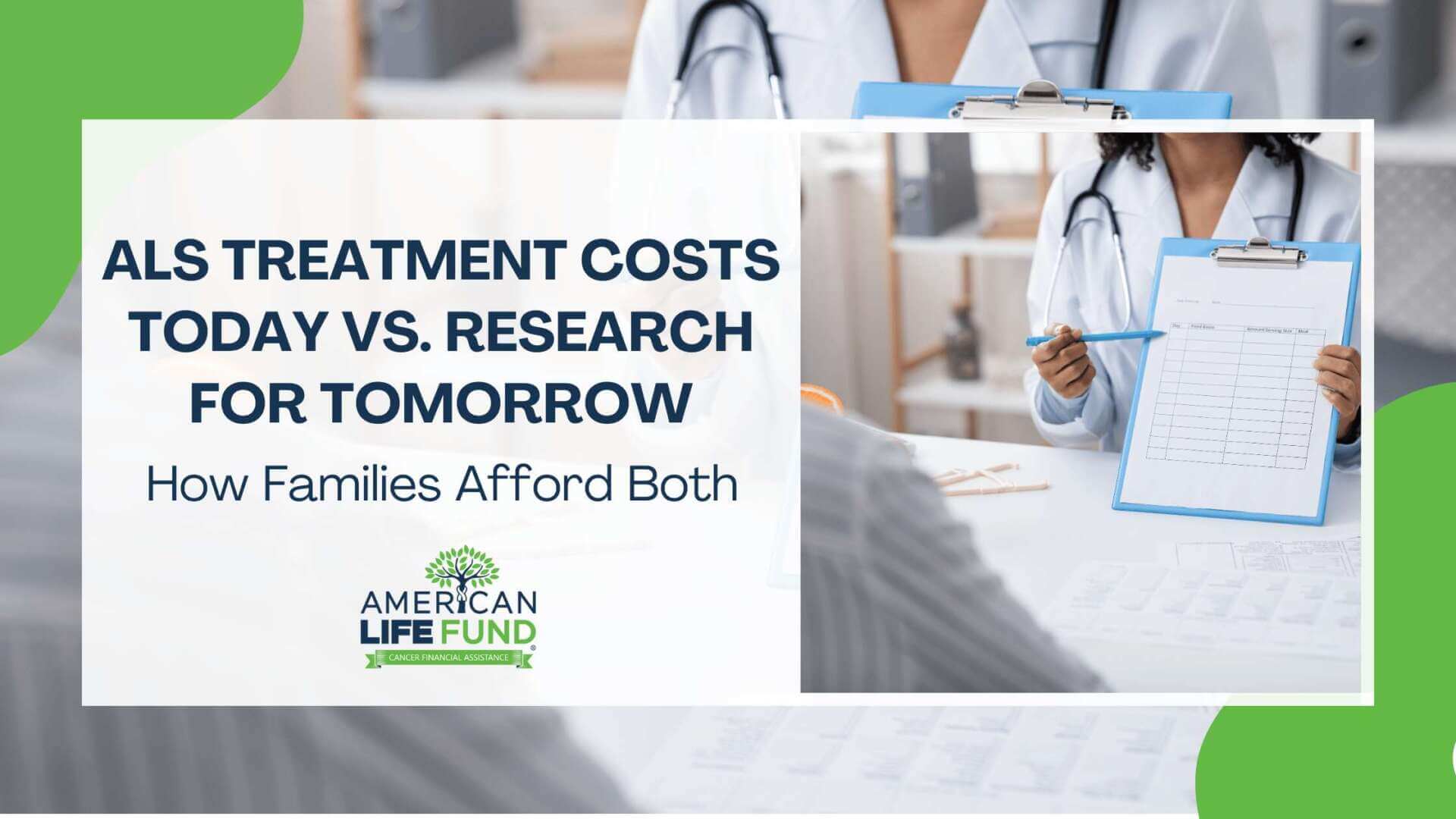ALS treatment is expensive but help exists. See what typical and alternative care really costs, and how to unlock financial aid when it matters most.
Paying for ALS treatment can overwhelm even the most prepared families. Amyotrophic lateral sclerosis (ALS), also known as Lou Gehrig’s disease, requires complex and ongoing medical care that comes with steep medical costs. From FDA approved ALS drugs and frequent hospital stays to mobility aids, durable medical equipment, and full-time in home care, ALS patients face mounting health care costs as the disease progresses. Even with private insurance or Medicare coverage, many encounter coverage gaps, high co-payments, and rising out of pocket expenses.
Some patients also pursue alternative ALS treatment options such as clinical trials, stem cell therapy, and integrative care approaches not covered by health insurance. These experimental therapies can add tens of thousands of dollars to existing medical expenses and often must be paid upfront. To bridge this gap, financial assistance options like viatical settlements from American Life Fund allow patients to access funds from their life insurance policy, providing fast access to cash for both standard and alternative ALS care.
Typical ALS Treatment and Its Costs
Once an early diagnosis of amyotrophic lateral sclerosis (ALS) is confirmed, most ALS patients follow a structured care plan to slow the disease’s progression and manage symptoms. While health insurance or private insurance may cover part of these medical care costs, families still face significant direct medical expenses and indirect costs such as lost income, transportation costs, and unpaid caregiving. Even with Medicare coverage, many encounter coverage gaps, frequent co-payments, and steep out of pocket expenses as the disease progresses.
Medical Visits and Prescription Drugs
Ongoing ALS treatment begins with routine monitoring and symptom management. These are the backbone of an ALS patient’s medical care, but costs add up quickly:
- Neurologist or nurse practitioner visits: $200–$500 per appointment
- Diagnostic imaging and lab work: $1,000–$3,000 annually
- FDA approved ALS drugs
- Riluzole: $1,000–$1,500 per month
- IV edaravone: $170,000+ per year
- Additional prescription drugs for symptoms (pain, muscle spasms, depression): $200–$600 per month
- Hospital stays for respiratory or swallowing issues: $10,000–$15,000 per admission
Therapies and Support Services
These services help maintain mobility, speech, and emotional well-being for patients and their families:
- Physical, occupational, and speech therapy: $100–$250 per session (often multiple times per week)
- Support groups and counseling: $50–$150 per session
- Respite care to relieve family caregivers: $200–$350 per day
Durable Medical Equipment and Home Modifications
As muscle weakness increases, the need for assistive devices and equipment and home modifications grows:
- Power wheelchair: $15,000–$30,000
- Speech-generating device: $7,000–$15,000
- Ventilators: $10,000–$50,000
- Home modifications
- Ramps: $1,000–$3,000
- Stair lifts: $3,000–$7,000
- Accessible bathroom remodel: $10,000–$25,000
Home-Based and Long-Term ALS Care
As the disease progresses, many families rely on full-time in home care or specialized treatment centers:
- Home health care aides: $30–$50 per hour (over $100,000 annually for 24/7 care)
- Skilled home health care nursing visits: $150–$300 each
- Treatment centers or nursing facilities: $80,000–$120,000 per year
Even with insurance coverage, these healthcare costs can rapidly outpace available benefits. The combination of rising medical expenses, co-payments, and coverage gaps leaves many families seeking additional financial assistance programs to continue providing essential ALS care.
Alternative ALS Treatment and Its Costs
While standard ALS treatment focuses on managing symptoms and slowing progression, some ALS patients explore alternative or experimental treatment options in search of better outcomes or improved quality of life. These choices can offer hope, but they often come with high out-of-pocket expenses because most insurance plans and Medicare coverage do not pay for them.
Patients pursuing these therapies frequently rely on personal savings, financial aid, or financial assistance programs from nonprofits like the ALS Association or American ALS Association. Many also seek financial counseling or financial planning support to navigate the growing list of ALS related expenses.
Clinical Trials and Experimental Therapies
Participation in research-based or experimental ALS care often requires upfront payment or travel:
- Clinical trials: Usually free treatment, but travel and lodging can cost $2,000–$5,000+ per trip
- Stem cell therapy (out of pocket): $30,000–$50,000+ per course
- Gene therapy and immunotherapy (private clinics): $20,000–$75,000+ depending on protocol
- Expanded access or compassionate use programs: May include partial drug coverage, but families cover travel and coordination costs ($5,000–$10,000+)
Integrative and Functional Medicine
Many families combine standard care with holistic or complementary medical treatment approaches to support living with ALS:
- Hyperbaric oxygen therapy: $200–$400 per session (often dozens of sessions recommended)
- Nutritional IV therapy and supplements: $500–$1,500+ monthly
- Acupuncture or massage therapy: $75–$150 per session
- Adaptive travel or wellness retreats: $3,000–$10,000+ depending on duration and location
Emotional and Community Support
Alternative care often involves building stronger support systems, which can also add costs:
- Specialized ALS support services (coaching, alternative care planning): $100–$300 per consultation
- Private support groups or coaching programs: $50–$150 per session
- Respite care for family members during travel or treatment: $200–$350 per day
These therapies can help patients and their families feel more in control of their journey, but the financial burden is significant. Because health insurance rarely reimburses these services, families often look for new ways to raise funds, apply for disability benefits, or explore financial assistance options within the ALS community to keep treatment accessible.
How a Viatical Settlement from American Life Fund Can Help Pay for ALS Care
For many families diagnosed with ALS, the high cost of care quickly becomes overwhelming. Even after exhausting financial assistance programs, premium assistance, or traditional Medicare, major financial issues remain. Monthly insurance reimbursements rarely keep pace with the rising costs of ALS, especially for ALS medications, durable medical equipment, and home care. While other organizations may offer financial aid in small grants or ongoing stipends, they can’t match the speed or scale of a viatical settlement.
A viatical settlement allows someone diagnosed with ALS to sell their life insurance policy in exchange for a large one-time lump sum cash payment. This approach gives families the flexibility to cover ALS related expenses immediately whether that means paying for ALS medications, upgrading home accessibility, or traveling to clinical trials. It’s a way to fund essential ALS care and make confident financial decisions about how and when to receive treatment, without waiting for partial reimbursements.
Eligibility for ALS Patients
American Life Fund is one of the nation’s leading viatical settlement companies, specializing in helping people with serious illnesses like ALS. Most ALS patients qualify if they meet these basic criteria:
- A current ALS diagnosis confirmed by a physician (often supported by genetic testing and medical records)
- A life insurance policy with a face value of at least $100,000
- The policy has been active for two or more years
- Willingness to sell the policy in exchange for a cash payment (no loan or repayment required)
Because ALS qualifies as a life-threatening illness, American Life Fund can process viatical settlements quickly, often in just a few weeks, delivering funds far faster than any other financial assistance options.
Why Choose American Life Fund
American Life Fund has helped thousands of families facing the high cost of treating ALS. Their process is built for compassion and speed:
- Fast access to funds to cover both traditional and alternative care
- Faster payouts because we use in-house medical underwriting
- Higher payouts without broker fees that would take away from your final payout
- Full support with paperwork, including retrieving medical records and insurance documents
- No restrictions on how funds are used
Unlike other financial aid or premium assistance programs that pay out slowly, a viatical settlement puts substantial funds in your hands now, when they are needed most. This immediate relief can transform the experience of treating ALS, allowing families to focus on health and time together instead of mounting bills.
How to Get Started With American Life Fund
Once you’ve been diagnosed with ALS and are facing the high cost of care, knowing where to turn can make a huge difference. Getting started with a viatical settlement through American Life Fund is simple and our team guides you through every step so you can focus on your ALS care, not paperwork.
Steps to Begin
- Fill out our simple application
Our three-page application asks for a few details including your medical status and basic information on your life policy - Get a free estimate
Get a free estimate or call 877-261-0632 to speak directly with a viatical specialist. They will review your policy and provide an estimate of how much cash you may qualify for. - Review your offer
If you qualify, you’ll receive a no-obligation cash offer. Our specialists will happily answer any questions you may have. You can also see our FAQs section - Receive funds quickly
Once you accept an offer, American Life Fund manages all policy transfer paperwork and coordinates directly with your insurer. Most ALS patients receive funds within just a few weeks.
Additional Support
American Life Fund encourages families to build a network of resources while dealing with the financial assistance options available for ALS care. You can explore our library of resources about ALS and your financial options during this time.
Let us help reduce your financial stress and give you the flexibility to choose the care and treatment options that best fit your needs.
